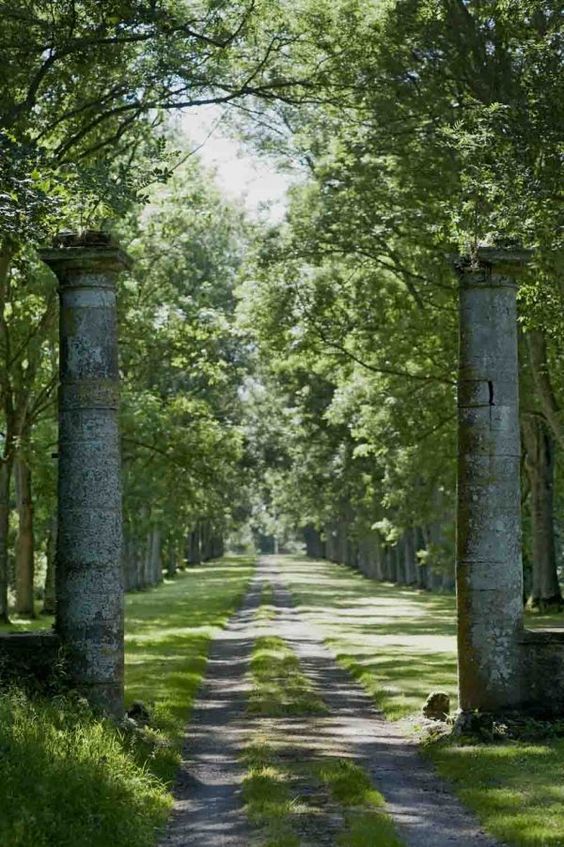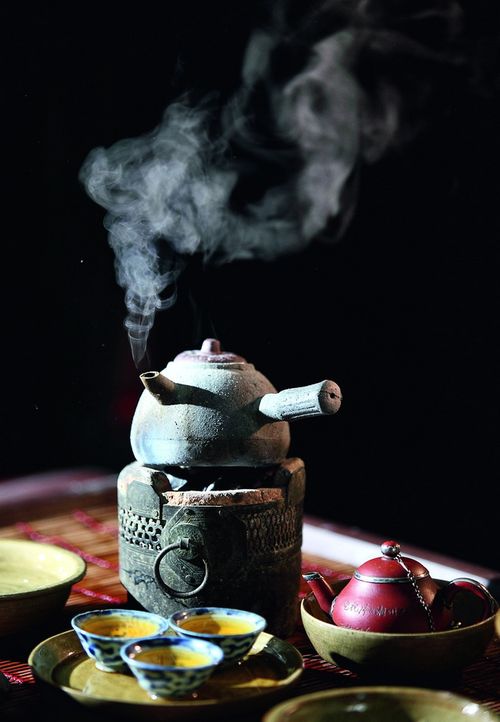W
Dear Integral Meditators,
Is it possible to create your own, personal objects of meditation, your own ‘mindful vocabulary’? The article below explores how you can start doing exactly that, today!
In the spirit of creative awareness,
Toby
 Five steps to creating your own meditation objects (Building your own mindful vocabulary)
Five steps to creating your own meditation objects (Building your own mindful vocabulary)
For me meditation is not just about following a formal set of rules and processes like a robot, it is about being creative and building my own mindful language of living ‘meditation objects’ that I experience in a very personal way and that moves me, changing the way in which I experience my world. This article explains a simple method by which you can create your own meditation objects using a simple, five stage process, using compassion as an example:
Stage 1: Select and define your object – If I want to meditate on compassion I need to come up with a working definition. When doing this by yourself, you have full license to define it in your own way, but here is mine for the sake of this example: Compassion is a state of mind that arises when I experience care or love for others or myself, I understand the ways in which they or I suffer, and I develop the wish to alleviate that suffering, or at least express understanding and/or healthy empathy.
Stage 2: Contemplate in a freeform way around your object – Having defined it, now ask key questions about your experience of compassion such as:
- When have I personally experienced compassion in the past, what did it feel like?
- Which people I know, personally or from the public sphere really embody the energy of compassion for me?
- If I practised 10% more compassion today, what might change in my perception and experience?
Contemplate these questions one by one in a freeform way. Explore the ways in which you have experienced compassion, who inspires you in terms of their compassion, and what the benefits of compassion might be in terms of bringing it into your own life.
Stage 3: Focus in – Having contemplated in a general way, now select the most powerful experience of compassion that arises from stage 2; the most powerful memory, the most inspiring person, or the most motivational insight into the benefits of compassion. The defining characteristic of your selection is that it must move you personally, such that the emotional experience/energy of compassion arises in your body, it is not just an intellectual abstraction.
Stage 4: Sink into, absorb – Once you have decided on the particularly powerful object of compassion in stage 3, you then simply focus your attention gently upon your object, allowing the feeling and power of it to sink deeply into your awareness, creating a gentle but powerful impact. It can be nice at this stage to mount the feeling of compassion in the breathing; as you breathe in feel yourself connecting and experiencing the compassion, as you breathe out feel yourself sinking into and absorbing the experience.
Continue to explore in daily life – After the formal meditation, keep looking for ways to explore, feel and express compassion in your life. Flex the ‘compassionate muscle’ that you have started to build in your meditation as you go about your daily activities, looking for ways to integrate it into your way of going and being in the world.
So there you go, a five stage process for building your own meditation objects. What objects of meditation would you like to build into your own practice this week?
© Toby Ouvry 2017, you are welcome to use or share this article, but please cite Toby as the source and include reference to his website www.tobyouvry.com
Integral Meditation Asia
Online Courses * 1:1 Coaching * Books * Live Workshops * Corporate Mindfulness Training *Life-Coaching * Meditation Technology








